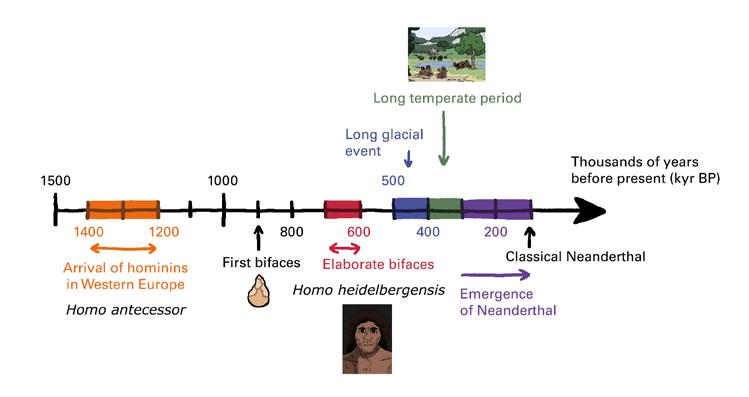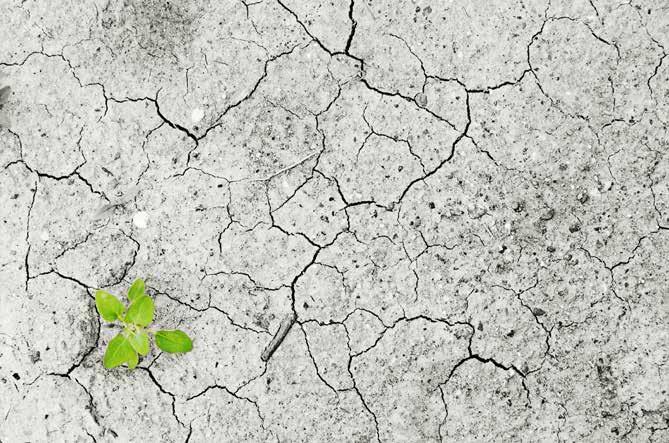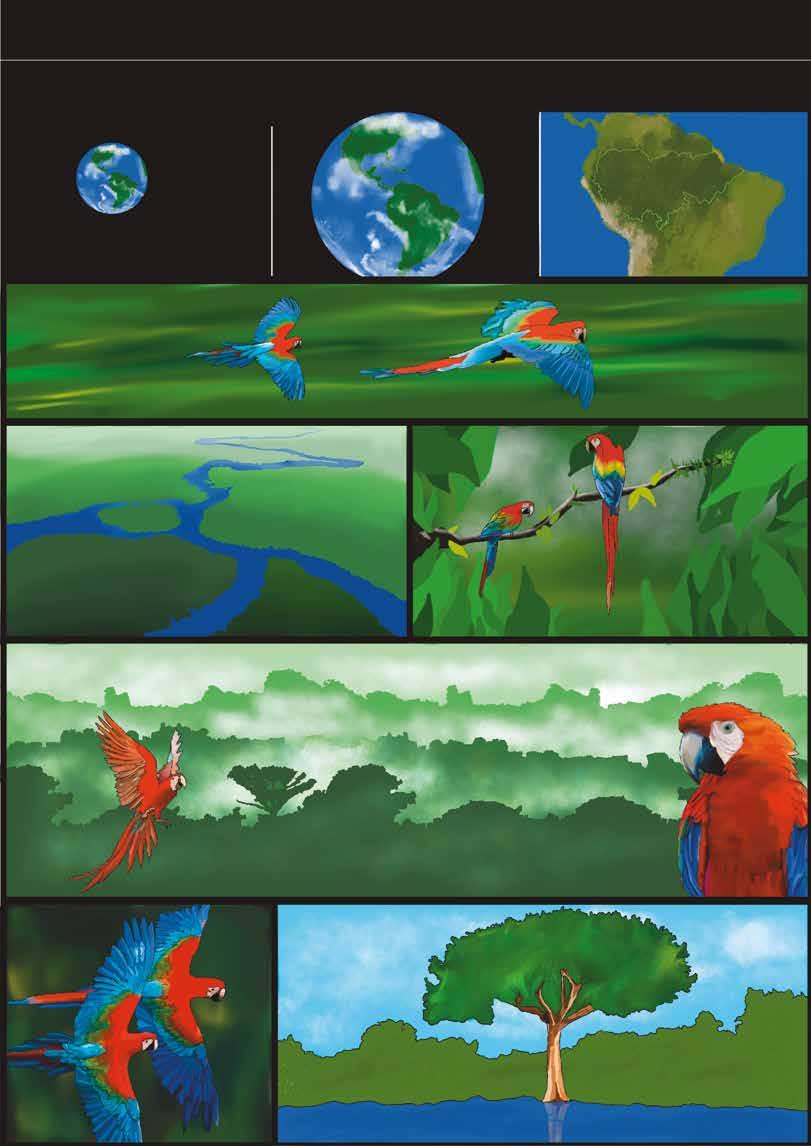doi.org/10.22498/pages.horiz.2.25
g n i m r a w l a Past glob o c i x e M f o n i s in the Ba -Martínez, arcía, Antonio Flores -G no za Lo o rr co So barca, Rodrigo Martínez-A ballero o and Margarita Ca er rr ue G aeg rt O riz Beat
Figure 1. Left: Location of the Basin of Mexico. The dashed line shows the annual mean position of the Intertropical Convergence Zone.
Lake Chalco as a time machine Mexico City is located in the Basin of Mexico (Fig. 1). Rivers extending from the highlands produced a system of lakes: Zumpango, Xaltocan, Texcoco, Xochimilco and Chalco. However, the lakes were drained in later
Right: Photograph of Lake Chalco as seen from the west. Behind the lake you can see the Iztaccihuatl (left) and Popocatepetl (right) volcanoes (photo by Socorro Lozano). Photo by Peter Fawcett
Mexico City is one of the largest cities in the world: more than 20 million people inhabit the city and its metropolitan area. The constant growth in population since 1960, when there were only around 5 million inhabitants, has led to increases in demand for drinking water, the size of the urban area, and the emission of greenhouse gases* into the atmosphere. Consequently, and coupled with global climate warming, the city's meteorological records show that the annual average temperature has risen 1.6°C (2.9ºF) since 1880. The outcomes are already discernible today, e.g. through the extinction of “Ayoloco” in 2018, an iconic glacier located in the Iztaccihuatl volcano, and one of the few in Mexico.
Although the current speed of global warming is the highest that it has ever been over the course of human history, increases in global temperature have occurred in the past on longer timescales. Various paleoclimatic records on both hemispheres have preserved evidence of a warm period that occurred about 125 thousand years ago and known as the Last Interglacial.* During the Last Interglacial, global temperature increased by 0.5°C with respect to the pre-industrial* value. In Central America and southwestern North America, it is known that forest communities and precipitation changed dramatically during this period. Yet for Central Mexico, the Last Interglacial has been little studied. Because the Last Interglacial represents one of the most recent warm periods in the Earth’s history, understanding the regional environmental changes undergone during its establishment are key in anticipating possible future scenarios for Mexico City.
PAGES HORIZONS • VOLUME 2 • 2022
25














